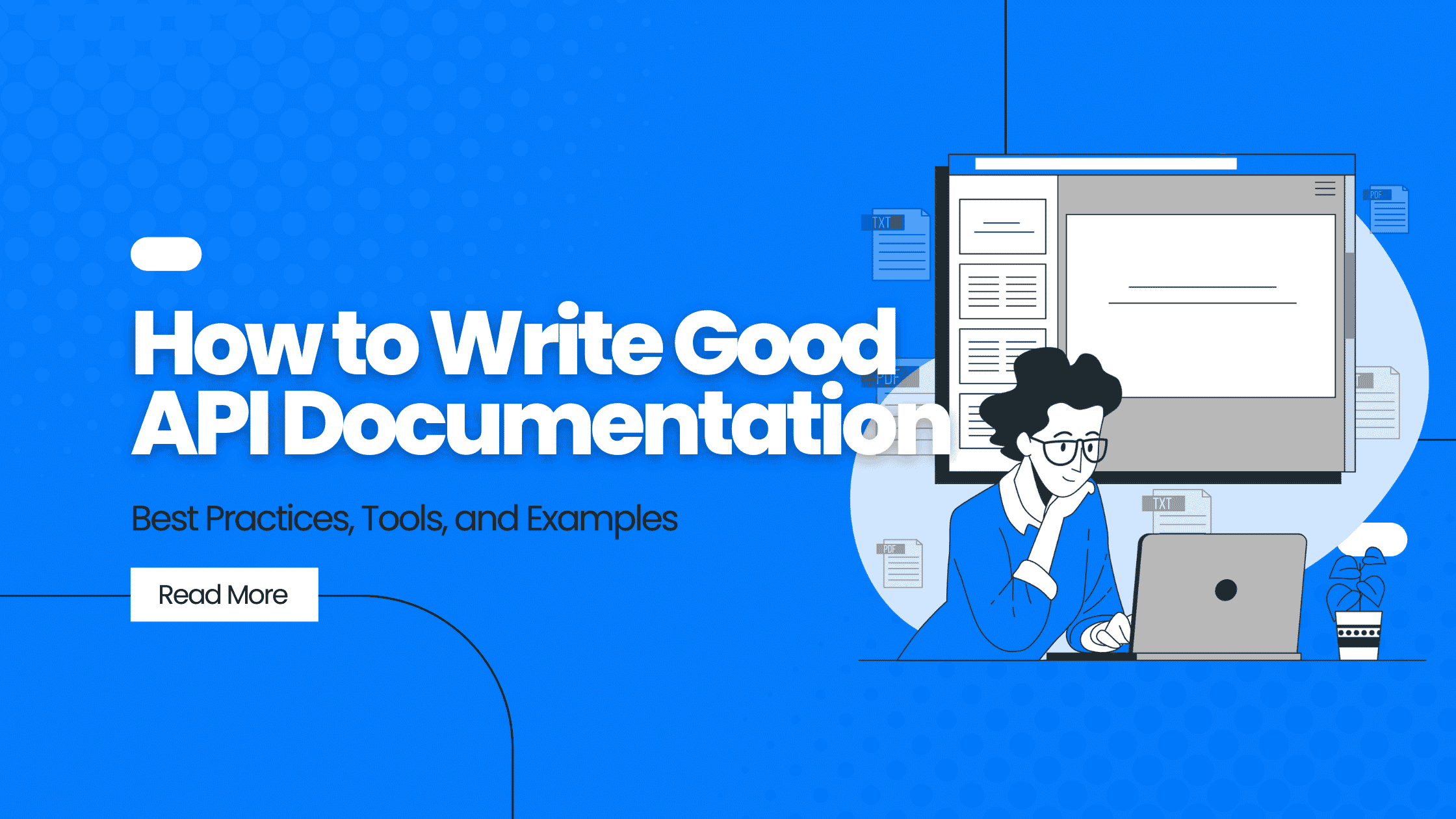In recent years, the success of companies providing web applications has increased. APIs are becoming a critical part of how these companies operate and offer their services to customers. When it comes to software development, documentation is an essential tool for developers and designers alike because it allows them to properly communicate with each other about what they need to create something new or improve upon work already completed: data models, user interfaces (UIs), platform integrations, etc.
Documentation can also be used as a marketing tool for companies to educate users about their product and how it works. To create good documentation, many best practices should be followed: the structure of your document, writing style and tone, the tools you use (e.g., markdown), etc. While not all these guidelines will apply in every situation or project, they can help guide developers on what would make them more successful when creating documentation.

How to write good API documentation – A step-by-step guide
1. Understand the API’s users.

The API users are web and mobile developers who need to know how to use the API elements to create a successful application. The documentation should provide clear and concise explanations of the API elements and code examples that demonstrate proper usage. In addition, the documentation should list all status codes and error messages so that users can anticipate any potential issues when using the API.
2. Map out the user journey.
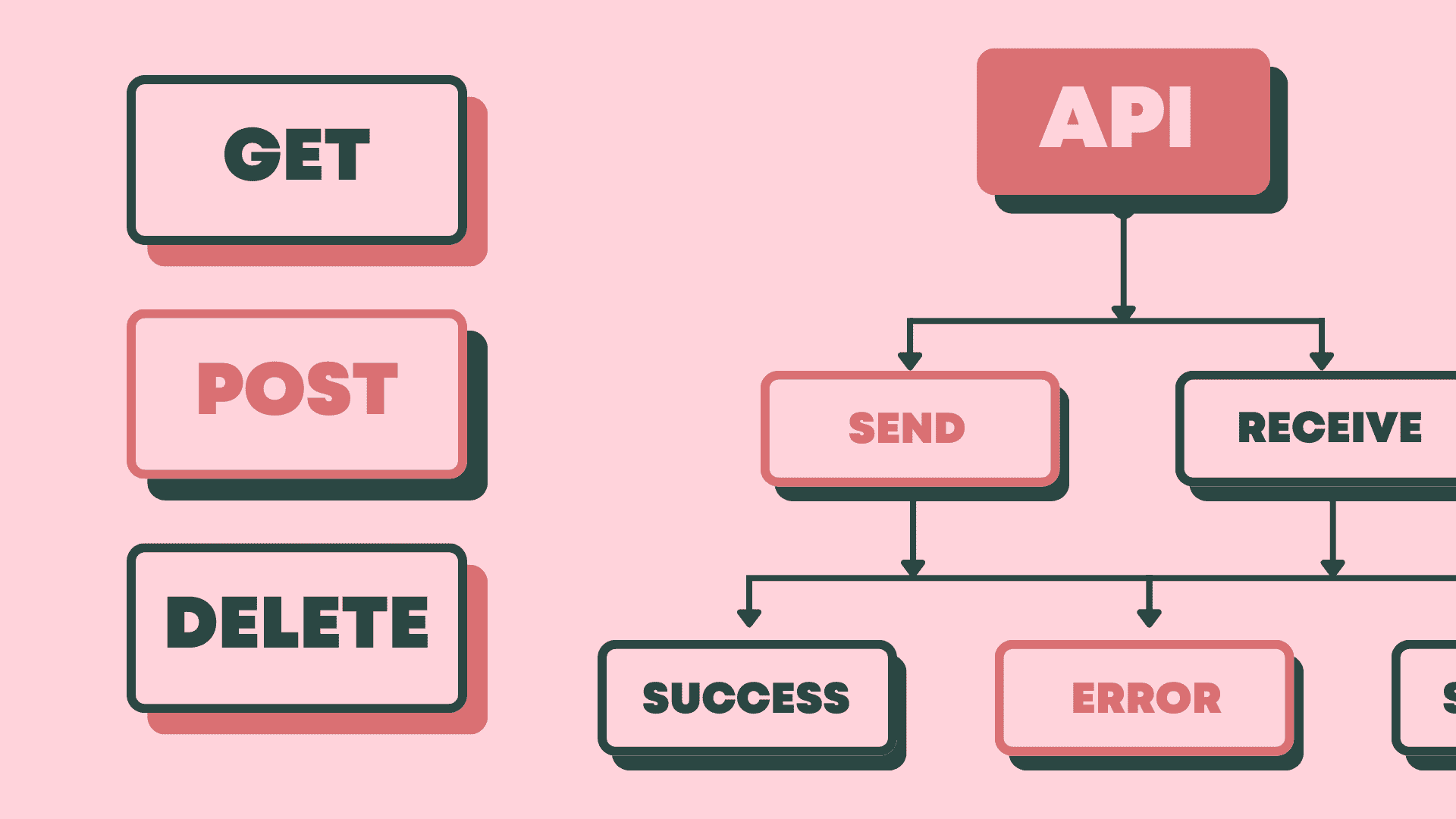
A user journey is a user’s process of using an API. To map out a user journey, you need to understand how the API works and what each section of the API does. You also need to include code examples to help users understand how to use the API. Lastly, it would be best to list your status codes and error messages so that users know what to expect while using the API.
3. Start with the fundamentals.
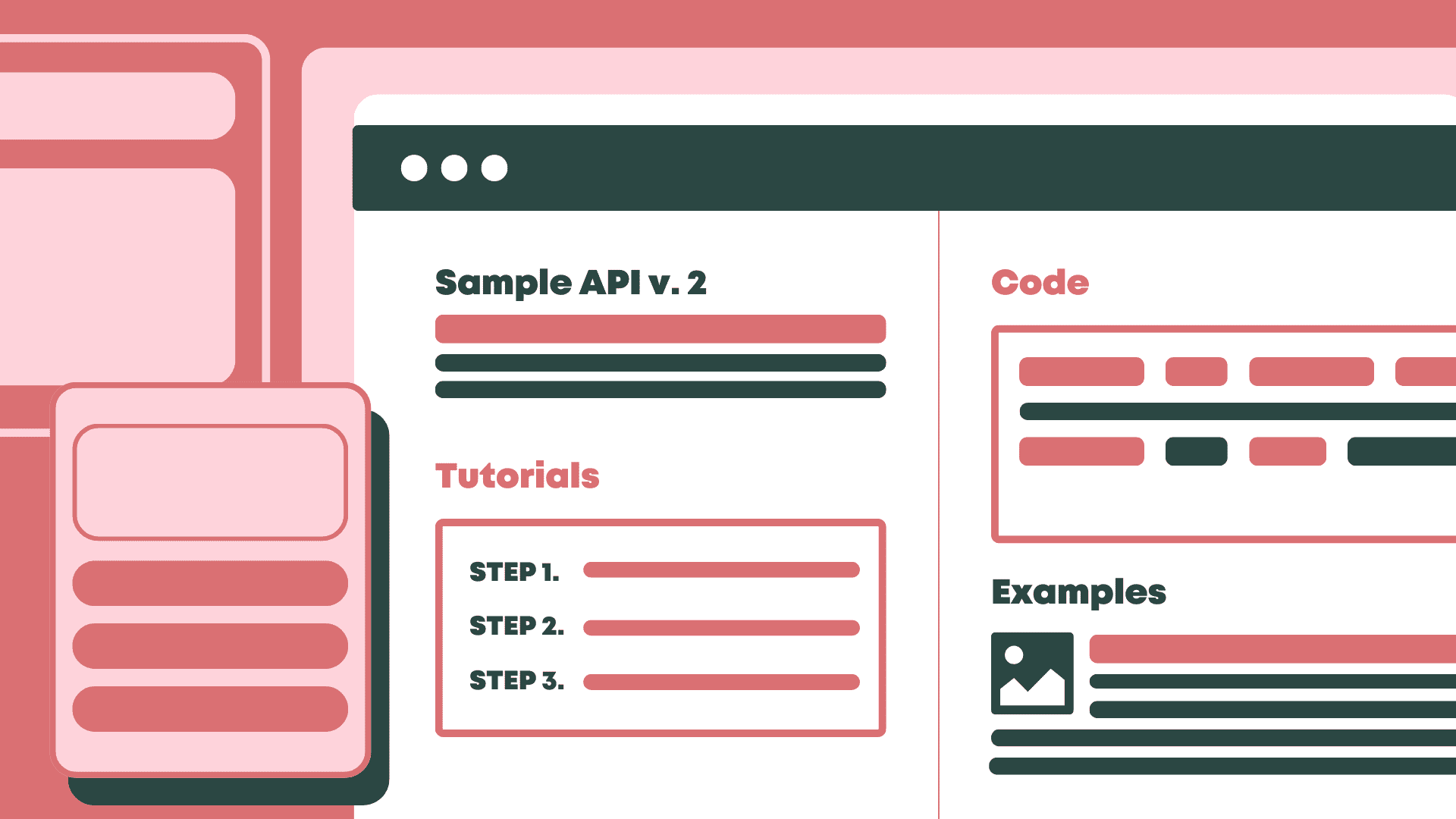
API documentation should be designed to help API users accomplish their tasks. To do this, the documentation must be well-formed and easy to read. It should also map out the user journey so users can easily find what they need. Finally, the documentation should start with the fundamentals so that users have a solid foundation to build their understanding.
4. Add code examples.

Adding code examples to your API documentation is a great way to help developers understand how to use your API. Example apps can inspire developers and make understanding your API easier. The example app should have everything needed in one place so that it is easy for developers to get started. Adding code examples that show how to use the API can be very helpful in demonstrating how the API can be used in a practical setting.
5. List your status codes and error messages.
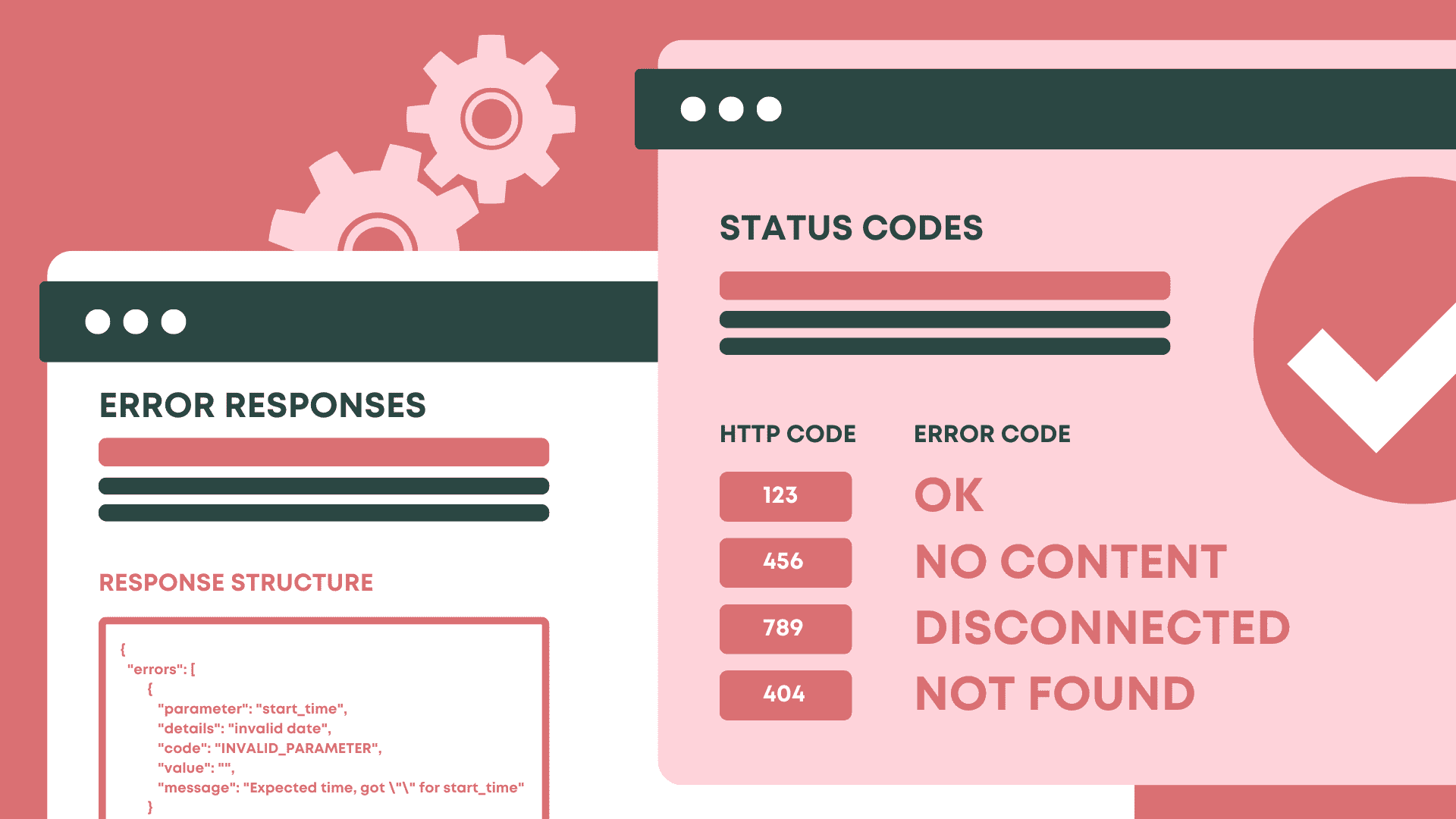
API documentation should include a list of status codes and error messages. These should be descriptive and specific to the API’s users. They should help users troubleshoot issues with the API’s usage.
6. Write and design for humans.
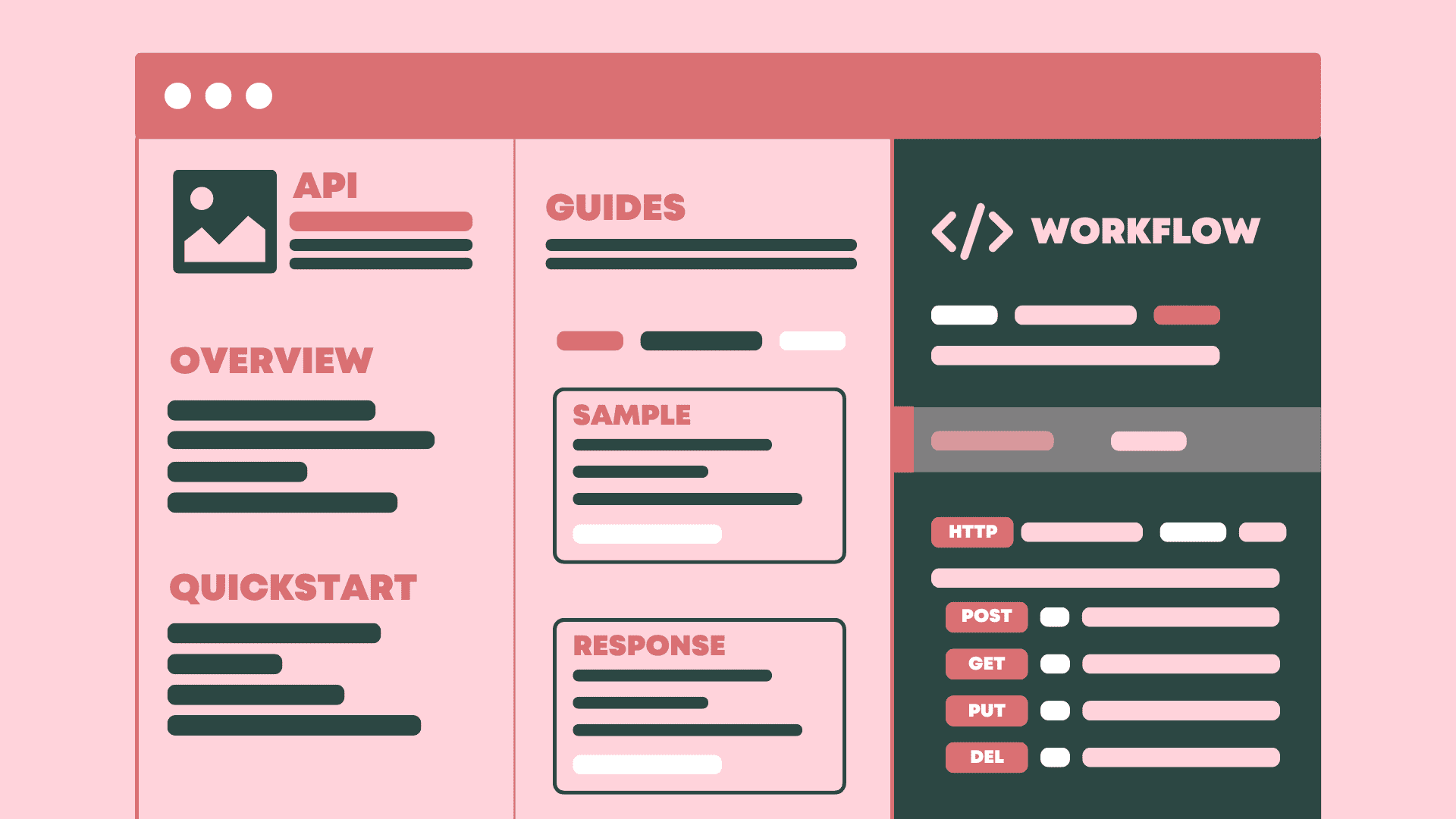
API documentation is vital for helping developers use an API. The documentation should be easy to read and understand, using clear and concise language. It should also be kept up-to-date as changes to the API occur. By taking the time to write and design for humans, you can ensure that your documentation is helpful and user-friendly.
7. Keep your documentation up-to-date.
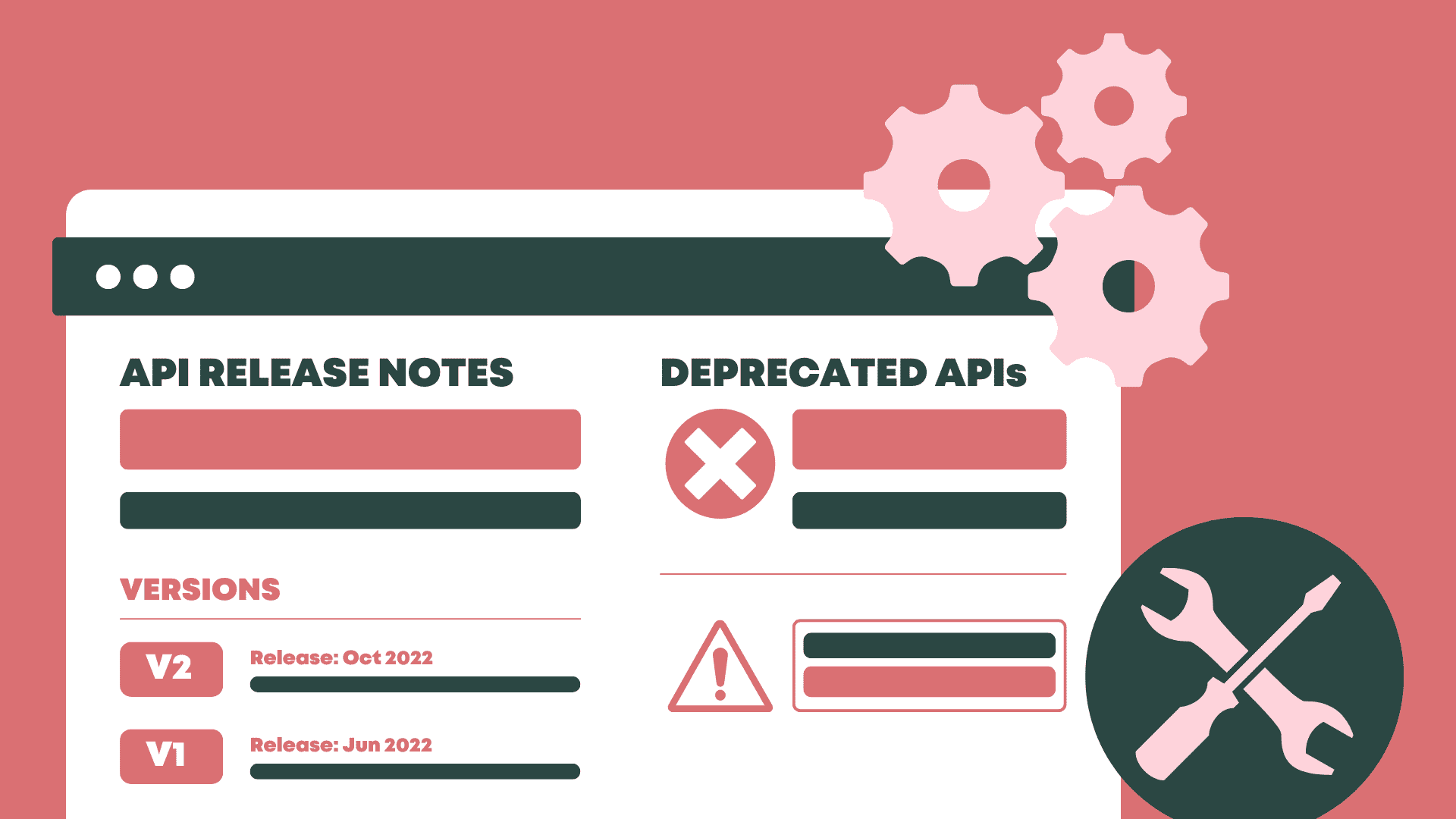
It’s crucial to ensure all documents related to your API remain accurate and up-to-date. Update descriptions for any features that are added or removed. A good practice is to release updated API documentation with each new API release.
As a writer, feedback is essential to improve the quality of your API documentation. Keep your documentation up-to-date to ensure you provide your users with the most accurate and relevant information. Use feedback from your users to make continuous improvements to the documentation.
Some tips for writing good API documentation

Keep it conversational
API documentation should be written in a conversational tone to be easy to understand. A readability tool can help analyze which parts of your writing can be simpler and easier to read. Technical details should be explained conversationally instead of using a high-flown language style.
Write comprehensively
To write good API documentation, following a best practices guide is essential. Some key elements to include in comprehensive API documentation are hands-on guides to implementation, clear writing that appeals to different types of readers, use cases from diverse companies and developers, and multimedia like videos, graphics, or gifs. By writing with empathy for the developer and user, you can create documentation more likely to be read and used, resulting in productive developers, longer-term users, deeper integrations, and stronger brand affinity.
Make it interactive
Make your API documentation interactive by adding visuals or a code editor. This will allow developers to explore your API and make sample calls easily. Adding these features can improve engagement and help developers understand your API’s use.
Hire expert developers for your next project
Hiring experienced developers for your next project is essential to create a high-quality product. Experienced developers have the skills and experience necessary to understand your project requirements and create a product that meets those requirements. Furthermore, experienced developers can provide valuable insights and guidance during the development process, helping you avoid common pitfalls and ensuring a successful outcome.
There are a few ways to find experienced developers for your next project. One way is to post your project on online freelancing platforms such as Upwork or Freelancer.com. Another way is to contact a software development agency that specializes in the type of product you need to be developed. Finally, if you know someone who has worked with experienced developers, you can ask for recommendations.
Follow an API documentation template.
API documentation template is a great way to improve your API documentation. By following a template, you can ensure that your documentation is well-organized and easy to understand. Additionally, a template can help you keep track of information, so you don’t forget anything important.
What are the types of API documentation?
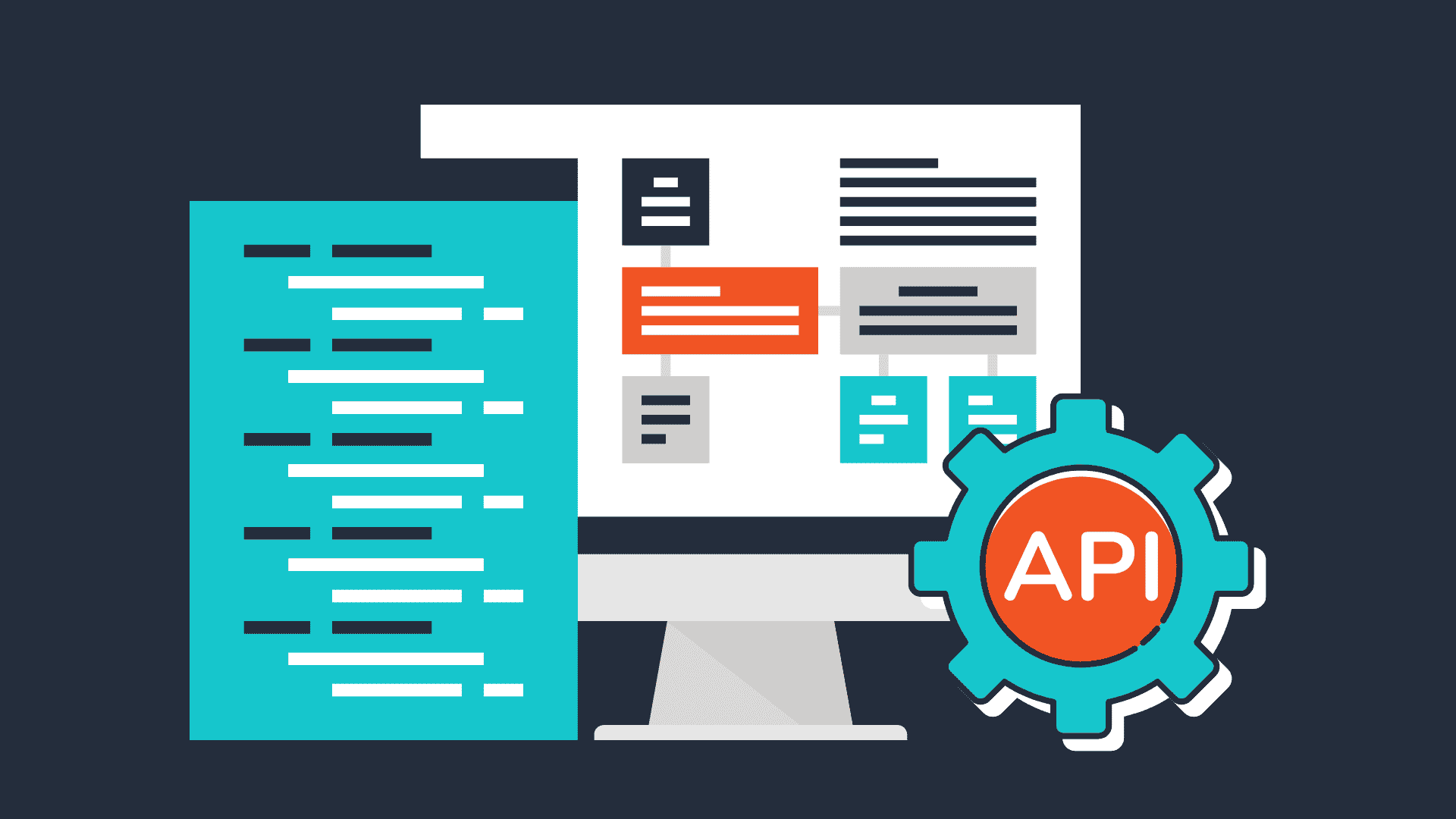
API documentation comes in many different forms, each designed to help developers in a specific way. The most common types of API documentation are reference docs, tutorials, and conceptual docs.
Reference docs explain an API’s functions, including parameters, output values, etc. They are an excellent resource for developers who are already familiar with the basics of an API and need a quick reminder of how to use it.
Tutorials provide detailed instructions on how to use APIs for different use cases. They explain using other parameters, endpoints, etc., in quite a clear manner so that software developers get an idea of how they can apply it to their business problems.
Conceptual docs are primarily designed for developers to understand the API and its use. They provide an overview of what an API can do and how to use it without getting bogged down in the details.
Who writes API documentation?

API documentation is written by developers, technical writers, and API documentation writers. The developer writes documentation for the software they develop. The technical writer writes documentation for other developers who might need to use the API. The API documentation writer writes documentation for end users who might want to use the API.
Three types of people write API documentation: developers, technical writers, and API documentation reviewers.
Developers write API documentation for the software they develop. They have the best technical understanding of the APIs and how they work, so they are the most knowledgeable about what they can do.
Technical writers write API documentation for other developers who might need to use the API. They have the best writing skills and are responsible for ensuring the documentation is clear, concise, and easy to understand.
API documentation reviewers write API documentation for other developers who might need to use the API. Their job is to ensure that the documentation is accurate and up-to-date.
Tools for writing API documentation

API documentation tools help to automate or simplify some tasks, such as updates to documentation based on changes to source code, version control, collaboration, and customization options. API documentation tools can be used to write API documentation for websites, web applications, mobile apps, and other software.
What are some tools for writing API documentation?
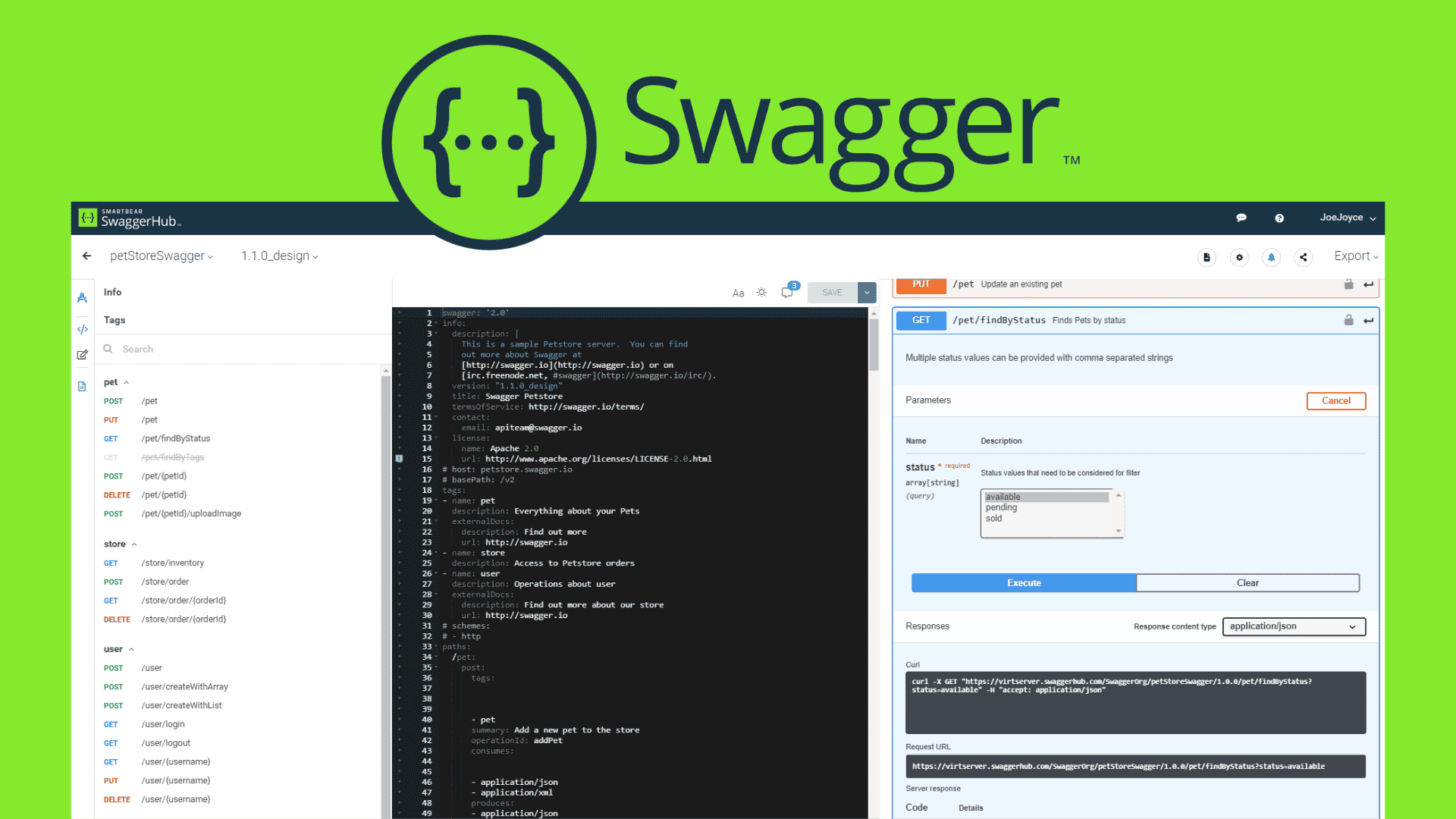
There are many tools available for writing API documentation. Some of these tools are open source, while others are commercially available. When choosing a tool for writing API documentation, it is essential to consider an intuitive editor, so the developer can quickly write the documentation.
Swaggerhub and Redox are both tools that can be used for writing API documentation. Readthedocs is another popular option. All of these tools offer an easy-to-use interface for writing documentation.
Once the documentation has been written, it needs to be hosted somewhere so that others can access it. Netlify and Github pages are both platforms that can be used for hosting API documentation. Headless CMS offers a way to manage website content without using any human interaction or programming skills (headless).
Static site generators allow you to generate static website files from an existing source codebase, which can then be hosted on the web using one of the abovementioned hosting platforms. This is a convenient way to create a website without needing to code everything from scratch.
Inspiring API Usage with Examples
API documentation should include a getting started guide with all the code needed. The example app should have everything you need to get started. In addition, advanced use cases should be supported with example apps.
API documentation is crucial for helping developers get started with using your API. A great way to provide thorough and inspiring API documentation is to include a working example app. This example app should contain everything a developer needs, such as code from your getting started guide. Additionally, understanding developers’ problems can help determine what examples to share. For instance, if your API is frequently used for image processing, you may want to share an example app that demonstrates how to perform advanced image processing tasks. You can ensure that developers have all the information they need to get started using your API by providing a well-formed and easy-to-read explanation of how to write API documentation with examples.
Examples:
A well-formed explanation of how to write API documentation with examples.
Your getting started guide should provide developers with all the information they need to get started using your API. To achieve this, you should provide a well-formed and easy-to-read explanation of how to write API documentation with examples.
If you’re looking for examples of excellent API documentation, check out the following resources:
1. GitHub’s REST API
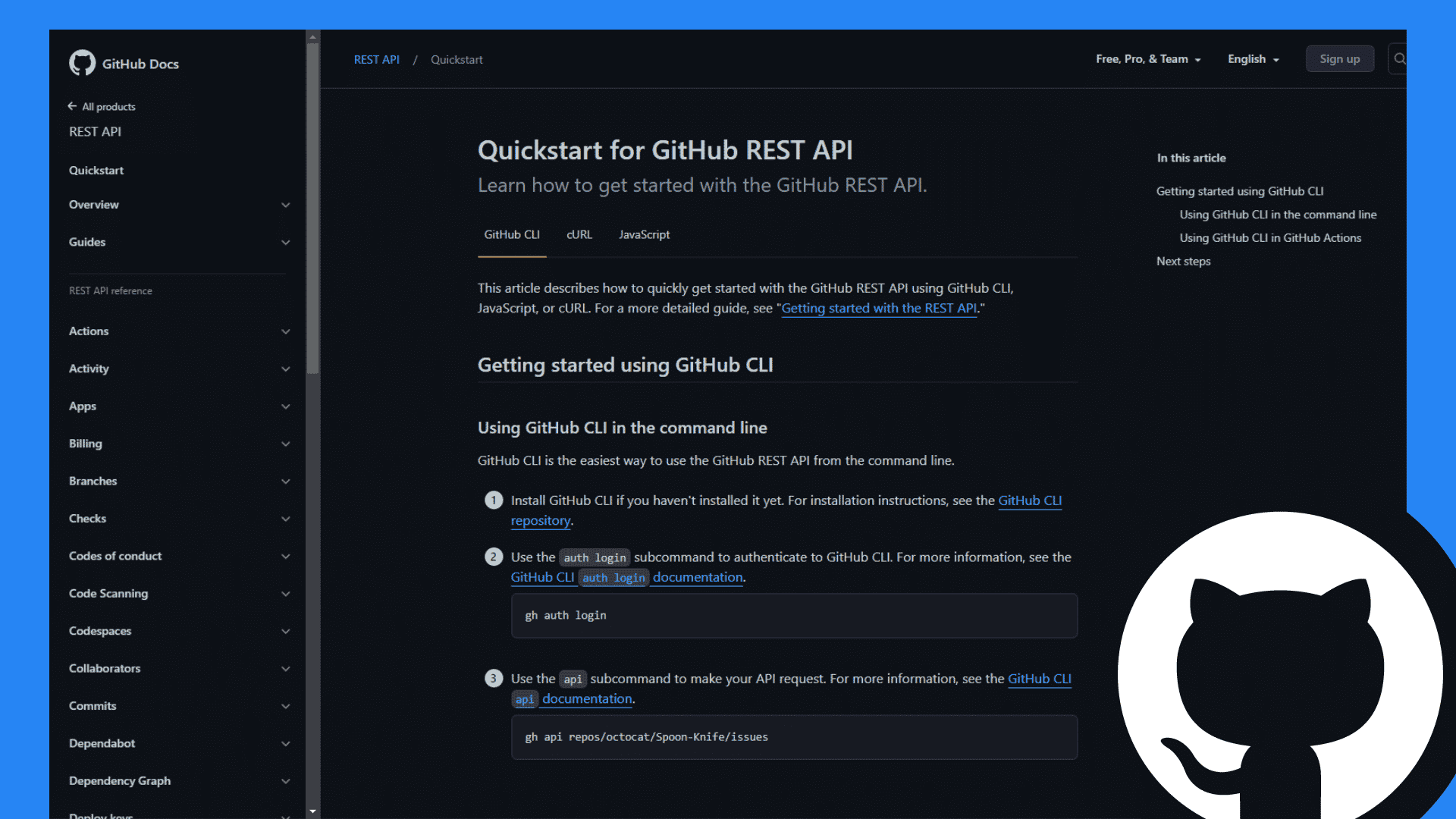
GitHub’s REST API is praised frequently by developers for its documentation being well-organized and easy to follow. The status of the API is indicated with a little widget. The documentation is updated frequently.
2. Dropbox API documentation
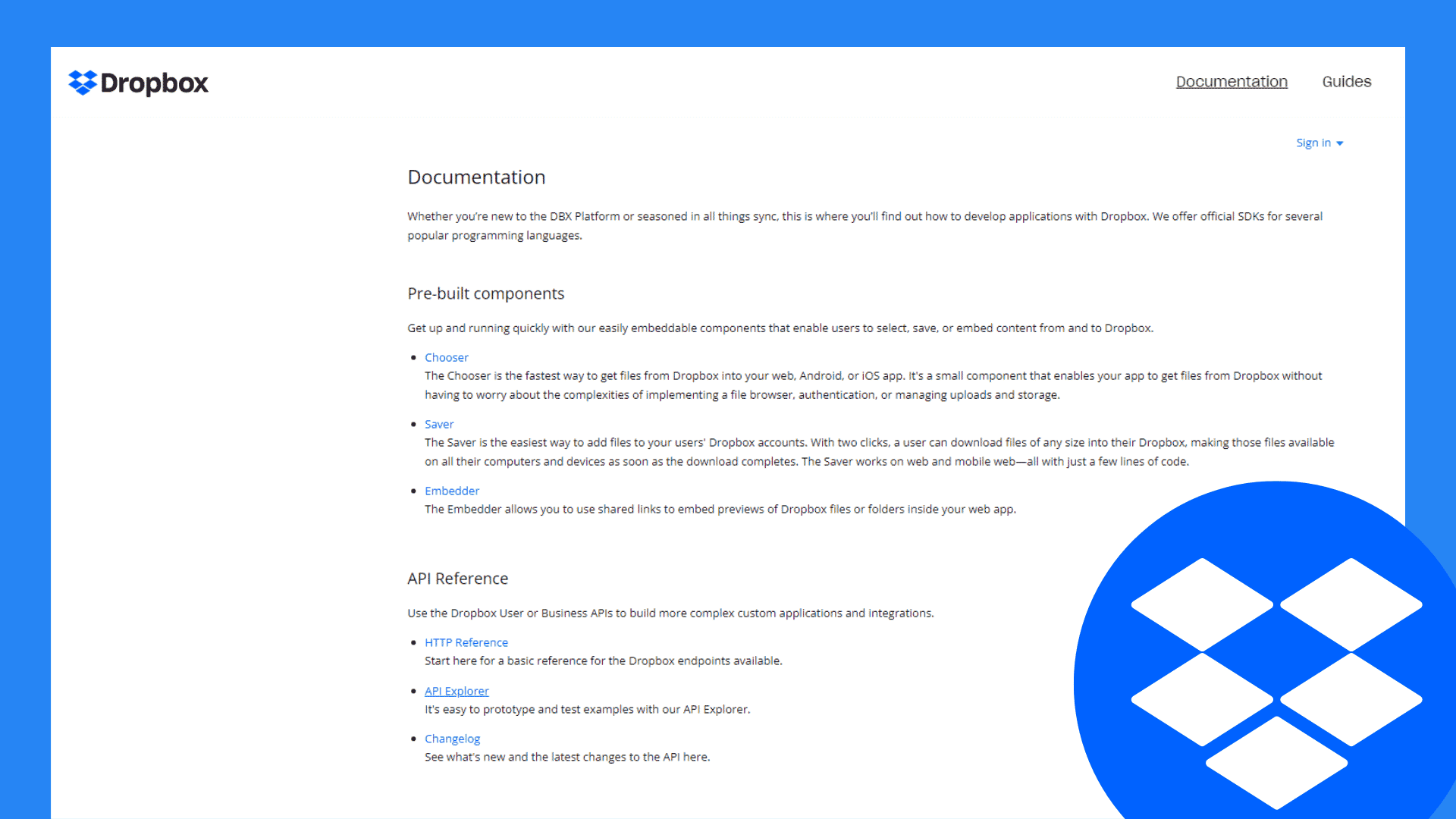
The Dropbox API documentation is tailored to help programmers of specific programming languages. The Dropbox API documentation is simple and easy to follow. Dropbox’s approach to documentation is simple, effective, and tailored to each language.
3. Twitter API
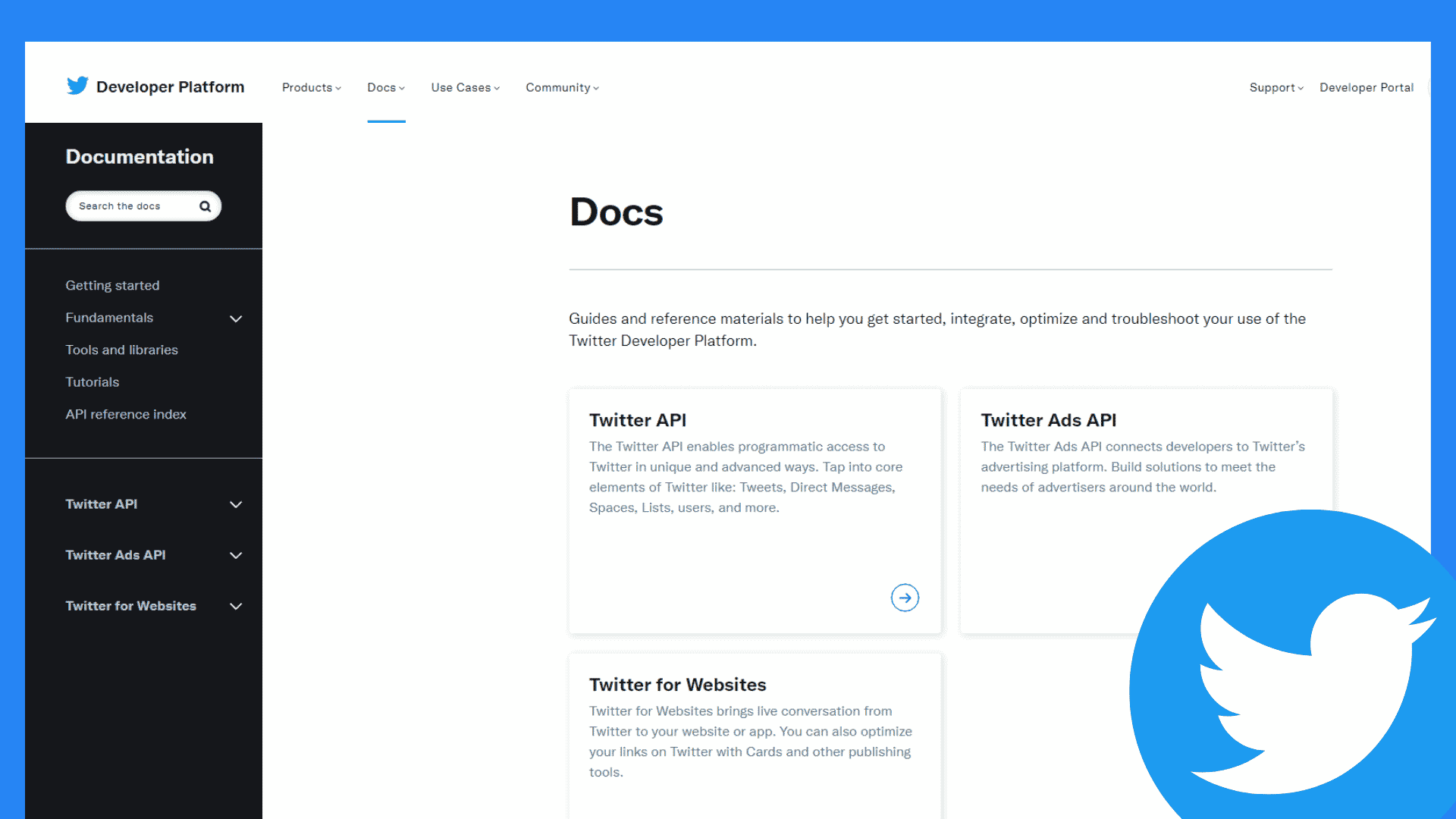
The Twitter API docs are an inspiring example of how to present information in a visually appealing way. The FAQ section is a great way to ensure that common questions are answered. The main explanation is well-structured and easy to follow.
For additional reference, you can check for these links from Google API:
* Google APIs Client Library (Python Client)
* Google APIs Client Library (Ruby Client)
Wrap up
The key takeaways from this chapter are that APIs can help retailers improve their operations, customer experience, and sales. By using APIs, retailers can reduce the time it takes to process orders and automate tasks. Additionally, using APIs can help increase the reach of your eCommerce business.
Conclusion
API documentation is a critical part of software development but is often overlooked. Good API documentation can help you achieve your development goals by making your API easier to use and understand. Use the tips and tools in this guide to write good API documentation and make your software development process more successful.
